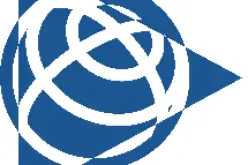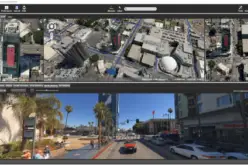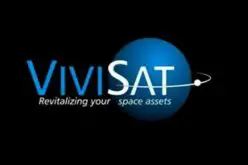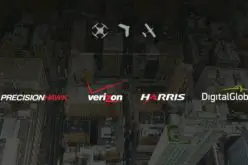Microsatellites, Megaconstellations and Strategies for Combatting Increasing Volumes of Space Debris
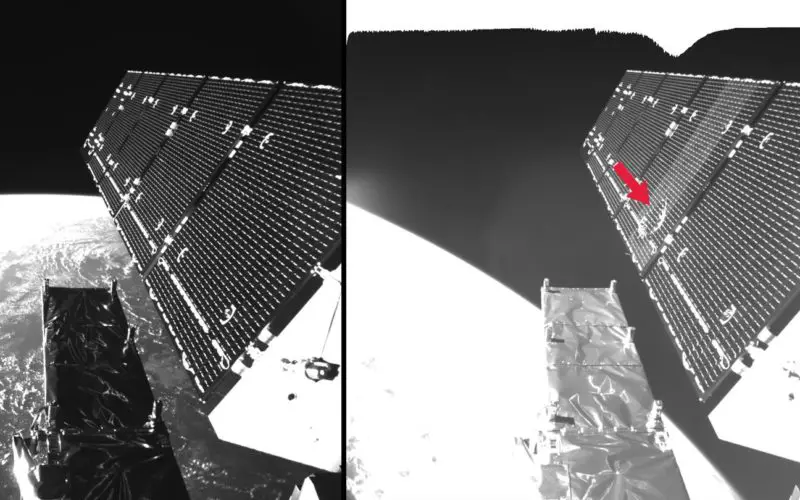
Microsatellites, mega constellations, and strategies for combatting increasing volumes of space debris
- Approximately 350 scientists, engineers, managers and operators of space infrastructure from industry and universities, in addition to decision-makers from the world’s leading space-faring nations, will gather from 18 to 21 April 2017 for the 7th European Conference on Space Debris at ESA‘s European Space Operations Centre in Darmstadt.
- The conference, which takes place every four years, is one of the largest and most significant gatherings of its kind in the world. Here, information is exchanged regarding space debris, its causes, its relevance and avoidance strategies.
- The opening presentation (18 April 2017, 09:30 to 12:00) and concluding press conference with German Federal Minister for Economic Affairs and Energy Brigitte Zypries, ESA Director General Johann Dietrich Wörner and other experts (21 April, 11:00 to 13:00) will be streamed live on www.esa.int/debris.
- Manuel Metz, Space Debris Expert at the DLR Space Administration, is representing the German Aerospace Center (Deutsches Zentrum für Luft- und Raumfahrt; DLR) at the conference. In this interview, the astrophysicist explains the current trends and challenges.
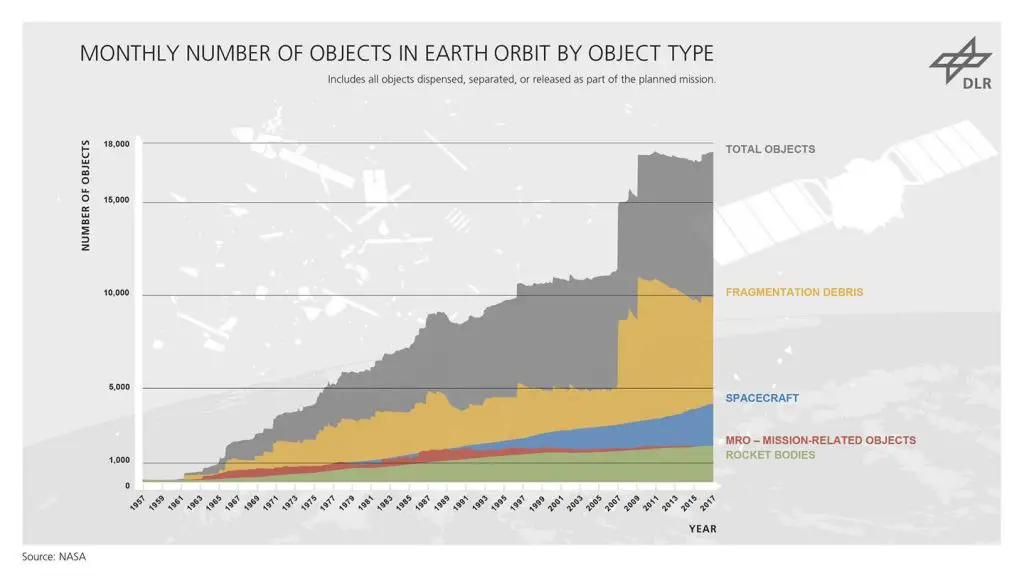
Development of the number of objects in Earth orbit
On 15 February 2017, an Indian rocket released a record number of 104 satellites into space simultaneously. In addition to one 714-kilogram Earth observation satellite and two smaller technology experimentation satellites, the payload consisted of 101 microsatellites weighing between one and four kilograms. What do launches of such fleets of satellites mean for research and for dealing with space debris?
The number of satellites put into orbit has actually increased significantly in recent years. One reason for this is that our lives are increasingly dependent on satellite-based products and services, such as the Internet and mobile communications. In addition, there is a trend towards miniaturisation in spaceflight, coupled with more cost-effective launch options and shared flight opportunities. Many of these satellites are microsatellites called CubeSats, sometimes built by universities and research institutes for educational purposes, but also used for commercial purposes. These developments naturally have consequences for research into space debris. Having more objects in orbit also means that the risk of collision is greater and that satellite operators need to plan for an increasing number of essential avoidance manoeuvres.
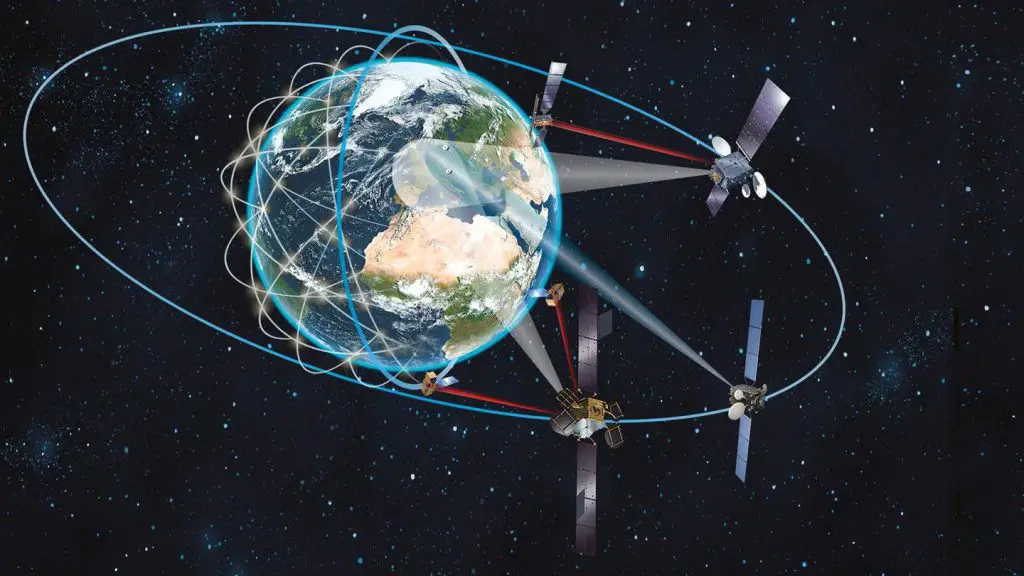
Megaconstellation
A major subject at the conference is so-called megaconstellations. What does this mean? Where do you see opportunities and risks?
The megaconstellations planned by a number of companies consist of several hundred satellites that are deployed in low Earth orbit at an altitude of approximately 1000 kilometres, like a string of pearls arranged in differently oriented orbits. The first test satellites are due to be launched in 2018.
The primary purpose of megaconstellations is to enable global Internet access. At the same time, the large number of new satellites in Earth orbit can lead to collisions with space debris, giving rise to numerous new pieces of debris. Hence, the conference is also about better understanding the associated risks and effects on Earth orbit. For example, if the satellites in a megaconstellation cannot be safely removed from orbit at the end of their operational lives, there is a high risk that they will collide with space debris and break up. Remaining pieces can lead to a cascade effect of subsequent collisions.
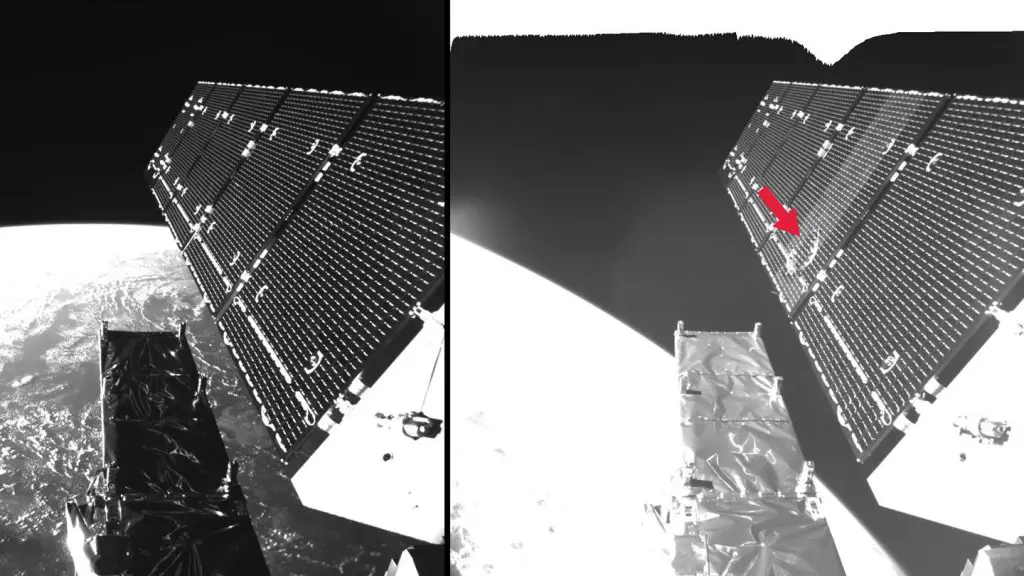
Impact of space debris particle on the solar panel of the Sentinel 1-A Earth Observation satellite
A small piece of space debris left a 40-centimetre-wide dent in one of the two solar panels of the European Earth observation satellite Sentinel-1A on 23 August 2016. How dangerous are such impacts and why? How often do they occur?
The particle that caused this damage was probably only about five millimetres wide. Such small particles cannot be detected and categorised. Objects just a few millimetres across can lead to functional failures or damage to individual systems in a satellite. With Sentinel-1A, this led to a loss of power in the solar generator. Larger objects approximately one centimetre across or more, travelling at a typical collision speed of some 40,000 kilometres an hour, have the power to cause major damage. At a size of around 10 centimetres or more, a satellite can be completely destroyed in an encounter and break up into thousands of pieces. But impacts with large pieces of debris happen very rarely, every 10 years or so. Overall, the risk to spaceflight is not very high at the moment.
How can space debris be prevented?
The main thing is not to generate more space debris when new satellites are launched. This is already taken into account during planning and construction. Fuel must be consumed at the end of a mission to prevent explosions. And satellites today are built so that they burn up as fully as possible upon atmospheric re-entry. This can reduce the risk of pieces reaching Earth’s surface. Furthermore, collisions between satellites in orbit must be prevented and satellite operators warned in good time so that they can divert their satellites if necessary.
How important is international cooperation?
Earth orbit is a shared resource for every nation. Hence, only globally agreed procedures can ensure long-term, sustainable orbital usage. International cooperation is therefore absolutely essential. Germany is active here both at a scientific and policy level. In connection with this conference, scientists from 13 space agencies (including ESA, NASA, the Russian space agency Roscosmos and the Japanese Space Exploration Agency JAXA, in addition to DLR) are meeting to discuss subjects such as space debris avoidance measures in even more detail and to develop a common scientific basis. The subject of space debris prevention is also being discussed at the United Nations and is actively supported by German experts.
What role does Germany play in the field of space debris?
Intensive research into the subject of space debris and residues has been carried out in Germany for over 20 years. For example, scientists have been calculating the current distribution of space debris, of those objects whose trajectory cannot be determined because the pieces are too small to do so. We are conducting experiments on the effects of impacts on satellites and, in association with this, the development of protective measures for satellites.
At the end of 2009 Germany officially began operating the German Federal Government’s Spaceflight Situational Awareness Centre (Weltraumlagezentrum) initiated by the Ministry of Economic Affairs and Defence and jointly operated by the DLR Space Administration and the German Air Force in Uedem am Niederrhein. Here, in tandem with international partners, German experts analyse the space environment. This is about protecting our satellites against collisions and protecting the population against objects re-entering from space.
What has happened since the last conference?
The new trends towards smaller satellites are of greater significance. In addition, new research activities are underway. The DLR Space Administration has commissioned the Fraunhofer Institute for High Frequency Physics and Radar Techniques (Forschungsinstitut für Hochfrequenzphysik und Radartechnik; FHR) with the development and construction of a powerful radar to monitor and track objects in low Earth orbit. The GESTRA (German Experimental Space Surveillance and Tracking Radar) is an experimental space monitoring radar designed to acquire orbital data for satellites and debris in low Earth orbit at an altitude between 500 and 1200 kilometres. The first measurements are expected to be taken at the end of 2017. DLR is funding such undertakings in its capacity as a space agency and, at its own institutes such as the one in Stuttgart, is also investigating how the trajectory of space debris can be determined with greater accuracy using lasers. In addition, in the German Space Operations Center (GSOC) at DLR Oberpfaffenhofen, engineers and scientists are working on methods that are of significance for the safe operation of satellites controlled by the GSOC. Furthermore, DLR is collaborating closely with ESA, which is providing a dedicated office for space debris at the European Space Operations Centre here in Darmstadt.
About Author
Related Articles

Trimble Boosts Flagship RTX Correction Services Performance – Continuing to Raise the Bar for Geospatial Users
